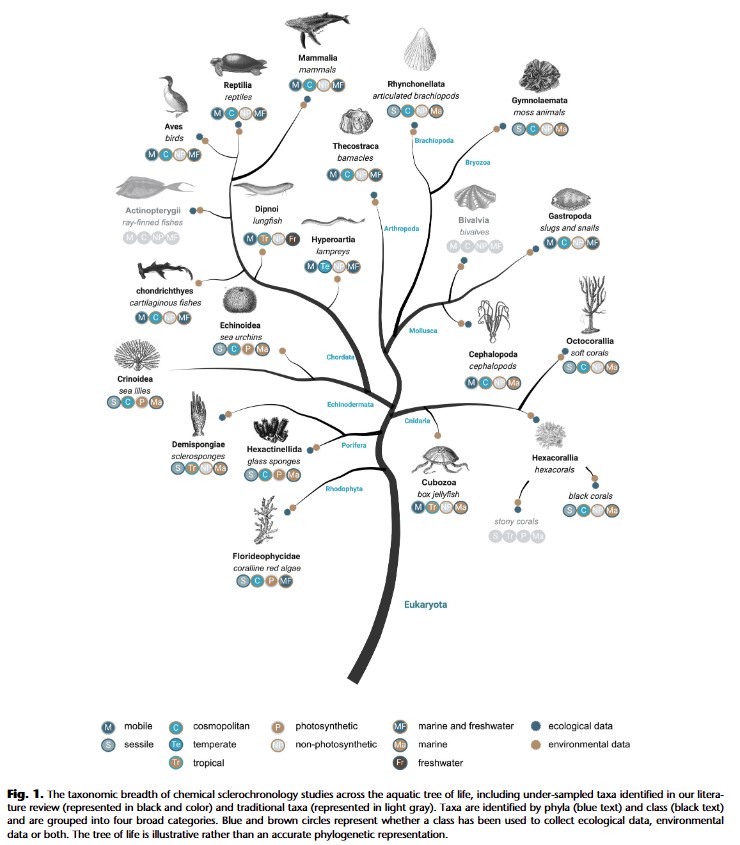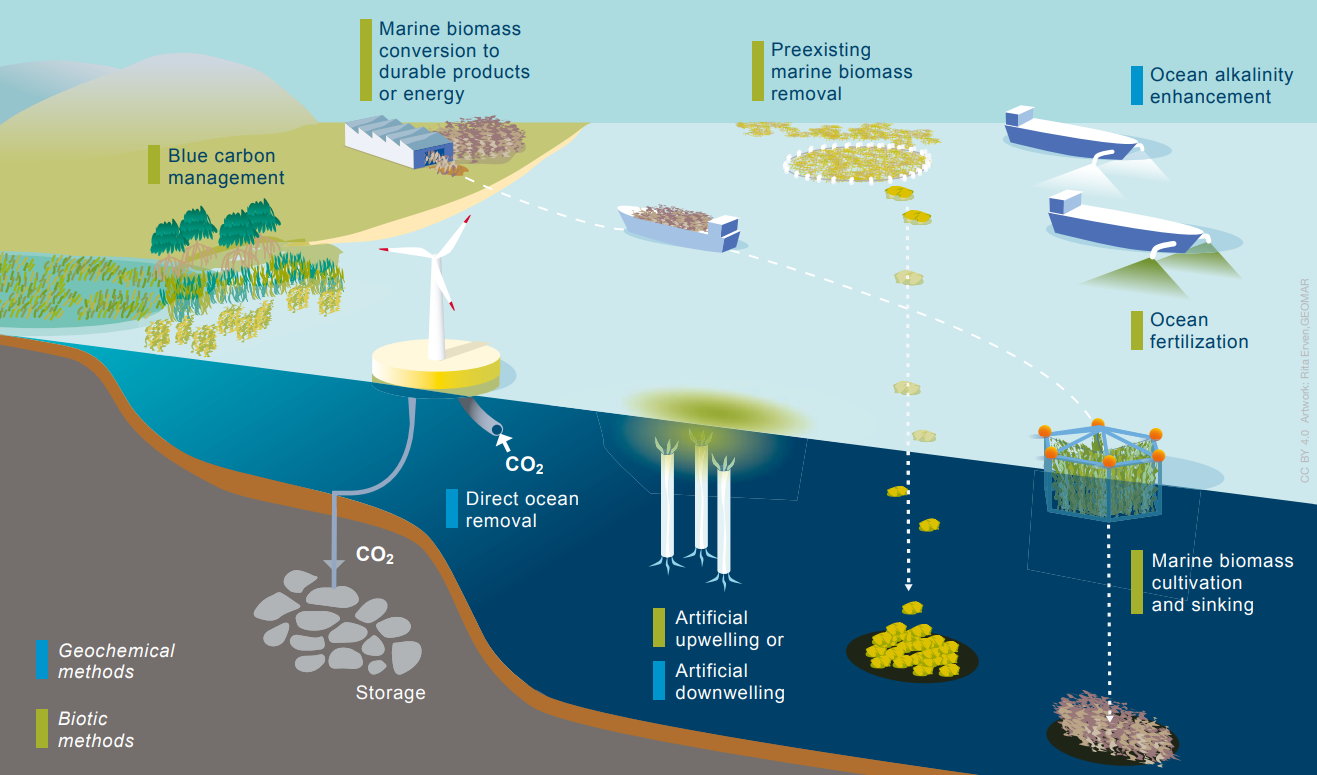Through the shells of marine organisms we can see the past, present and future of the marine environment.
As organisms grow, their hard parts preserve information about their way of life, but also about the conditions that prevailed in the environment at that time. The branch of science that deals with this area is called sclerochronology.
A team of scientists from our institute, led by Dr. Melita Pehard, has so far achieved remarkable results in this field and, in particular, has uncovered the secrets of the life of Adriatic bivalves. This has led to our institute being recognized in the world of sclerochronology. We also hosted the 5th International Sclerochronology Conference.
Until now, sclerochronological research has mainly been carried out on bivalves, corals or fish, especially their otoliths. Numerous scientific papers published on this topic have already provided a significant set of data on the ecology of the species studied and the climate conditions in the past. However, sclerochronology itself holds great untapped research potential in other marine organisms that would allow the collection of key information on the marine environment that could help in the assessment and management of human impacts on the marine ecosystem.
Therefore, Dr. Peharda recently teamed up with other world-class scientists in sclerochronology to jointly investigate the potential for expanding the focus of this branch of science. Together, they analyzed and categorized studies by taxonomic groups, data types, research topics and ecological challenges based on the metadata collected from each study. The results of this collaboration have been published in a scientific paper in the journal Limnology and Oceanography Letters.
In addition to providing a comprehensive synthesis of sclerochronology research, this scientific article also represents an invitation to researchers to take advantage of the wealth of available archives and open the door to new opportunities by participating in projects to collect new samples.





